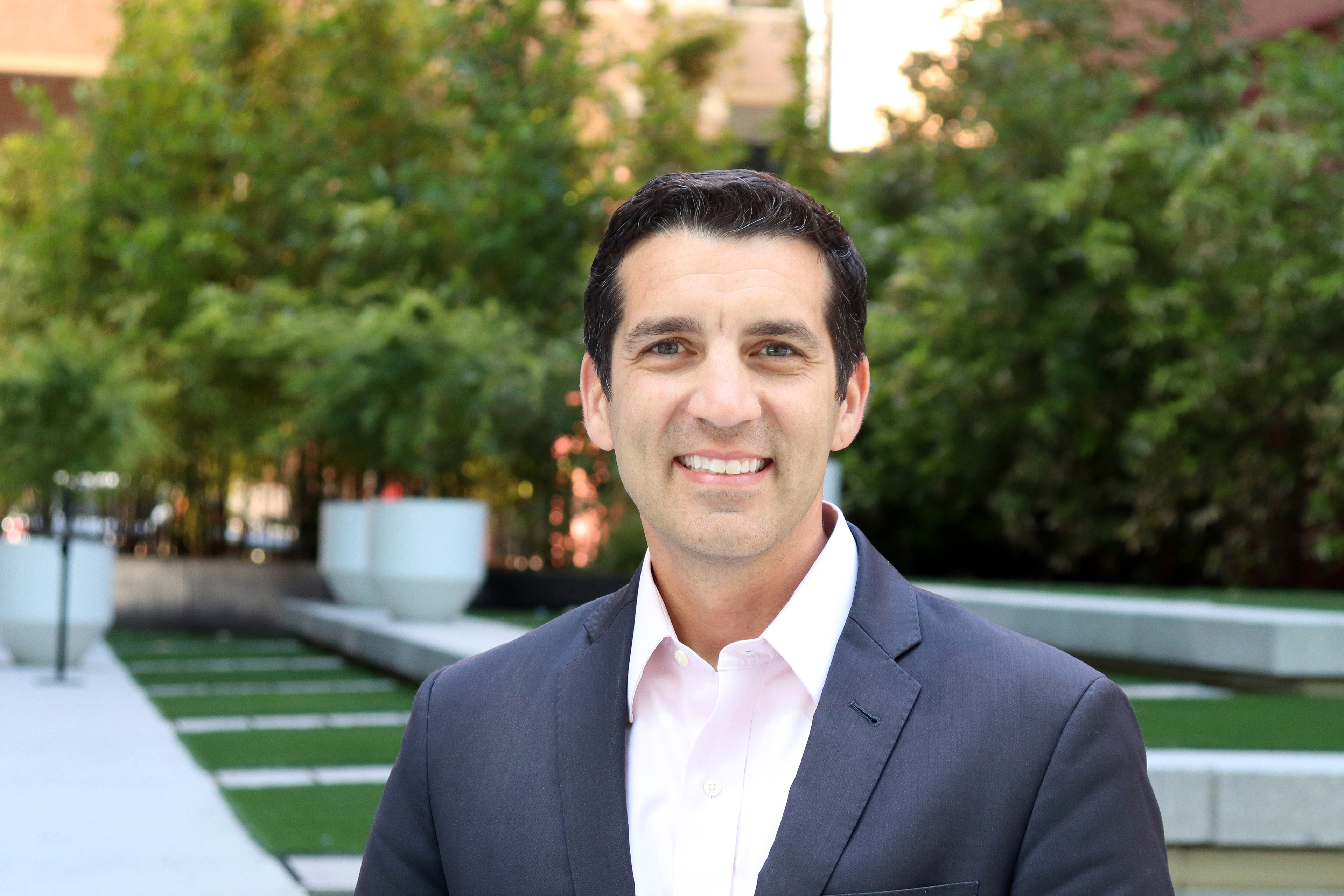EY refers to the global organization, and may refer to one or more, of the member firms of Ernst & Young Global Limited, each of which is a separate legal entity. Ernst & Young Global Limited, a UK company limited by guarantee, does not provide services to clients.
How EY can help
-
Discover how EY's Cybersecurity Transformation solution can help your organization design, deliver, and maintain cybersecurity programs.
Read more
New dashboards were programmed for leadership so that the university can easily follow data trends and make quick decisions. The new cyber-strategy targets the danger zones: student and faculty personal information, credit cards, financial data and proprietary research data. The program maps these focus areas to existing IT assets to protect them at all levels.
“Cyber, ServiceNow, GRC, Forensics and Program Management groups worked collectively as one EY team to deliver a robust cyber program that effectively safeguards sensitive student information in an era of increasing virtual delivery,” said Jatin Rajpal, Partner, Technology Consulting Services, Ernst & Young LLP. “By optimizing functionality at the highest level of the IT infrastructure, EY continues to help the university protect data and mitigate cyber risks.”




